Author: Will Lovell
Viewed by many as a hoppier spinoff of a traditional English Brown Ale, American Brown Ale came to prominence during the initial craft beer boom of the early 1990s. It was only a matter of time before hop-loving homebrewers took this style to the next level by upping both the strength and hopping levels, resulting in a sort of stylistic hybrid that came to be known as Brown IPA.
Hoppier than a typical Brown Ale yet darker and maltier than an IPA, Brown IPA offered a unique drinking experience that found immediate favor among some, while others viewed it as an unpleasant pairing of clashing ingredients. However, certain notable homebrewers embraced the style and honed recipes that became rather well-known, with the late Mike “Tasty” McDole’s Janet’s Brown Ale being a prime example. While currently categorized as a Specialty IPA, the BJCP provides the following description of Brown IPA:
Hoppy, bitter, and moderately strong like an American IPA, but with dark caramel, chocolate, toffee, or dark fruit character as in an American Brown Ale. Retaining the dryish finish and lean body that makes IPAs so drinkable, a Brown IPA is a little more flavorful and malty than an American IPA without being sweet or heavy.
Over the last decade or so, there’s been an apparent mass shunning of character malts when it comes to hoppy IPA, the goal being to focus all of the attention on the hops. As someone who appreciates malty styles that rely on the use of crystal and roasted malts as well as hops, Brown IPA is certainly a style that piques my interest, though it can be difficult to find commercial examples. For that reason, I recently decided to brew up a batch of my own and opted to cut a few corners along the way.
| BREWING THE BEER |
Using ingredients I had on-hand and relying on other examples I found online for inspiration, I designed this Short & Shoddy Brown IPA recipe.
Short & Shoddy Brown IPA
Recipe Details
| Batch Size | Boil Time | IBU | SRM | Est. OG | Est. FG | ABV |
|---|---|---|---|---|---|---|
| 5.5 gal | 60 min | 72.2 | 23.3 SRM | 1.054 | 1.011 | 5.64 % |
| Actuals | 1.054 | 1.011 | 5.64 % | |||
Fermentables
| Name | Amount | % |
|---|---|---|
| Wildfire Pale Malt | 9.5 lbs | 64.96 |
| Munich Malt | 2 lbs | 13.68 |
| Sugar, Table (Sucrose) | 1.5 lbs | 10.26 |
| Caramel Malt 60L | 12 oz | 5.13 |
| Pale Chocolate Malt | 8 oz | 3.42 |
| Victory Malt | 4 oz | 1.71 |
| Roasted Barley | 2 oz | 0.85 |
Hops
| Name | Amount | Time | Use | Form | Alpha % |
|---|---|---|---|---|---|
| pacific jade | 35 g | 30 min | Boil | Pellet | 12 |
| Northern Brewer | 30 g | 15 min | Boil | Pellet | 10.2 |
| Cascade | 30 g | 5 min | Boil | Pellet | 9.3 |
| Amarillo Lupomax | 47 g | 1 min | Boil | Pellet | 14.5 |
| Cascade | 30 g | 1 min | Boil | Pellet | 9.3 |
| Amarillo Lupomax | 45 g | 2 days | Dry Hop | Pellet | 14 |
| Centennial | 45 g | 2 days | Dry Hop | Pellet | 9.2 |
| Vista | 45 g | 2 days | Dry Hop | Pellet | 11.3 |
Yeast
| Name | Lab | Attenuation | Temperature |
|---|---|---|---|
| Pub (A09) | Imperial Yeast | 74% | 64°F - 70°F |
Notes
| Water Profile: Ca 65 | Mg 11 | Na 8 | SO4 109 | Cl 69 |
Download
| Download this recipe's BeerXML file |
At 5:45 PM one evening, I collected the full volume of water and flipped the switch on my controller to heat it up, after which I adjusted it to my desired mineral profile.
I then proceeded to weigh out and mill the grains.
I then went off to eat dinner and returned about an hour later to properly heated water, so I incorporated the grains checked to make sure the mash was at my target temperature.
While the mash was resting, I prepared the kettle hop additions.
Once the 30 minute mash was complete, I removed the grains and proceeded to boil the wort for 30 minutes, adding hops at the times stated in the recipe.
When the boil was finished, I quickly chilled the wort to 88°F/31°C, which was as low as my groundwater at the time would get it, then transferred it to a sanitized Delta Brewing Systems FermTank. The time was 9:21 PM for a total brew day time of 3 hours 36 minutes – not bad for a 120v electric system!
A refractometer reading showed the wort was at an OG of 1.054, which equates to a brewhouse efficiency of 48%. This was lower than expected, but nothing I was terribly worried about.
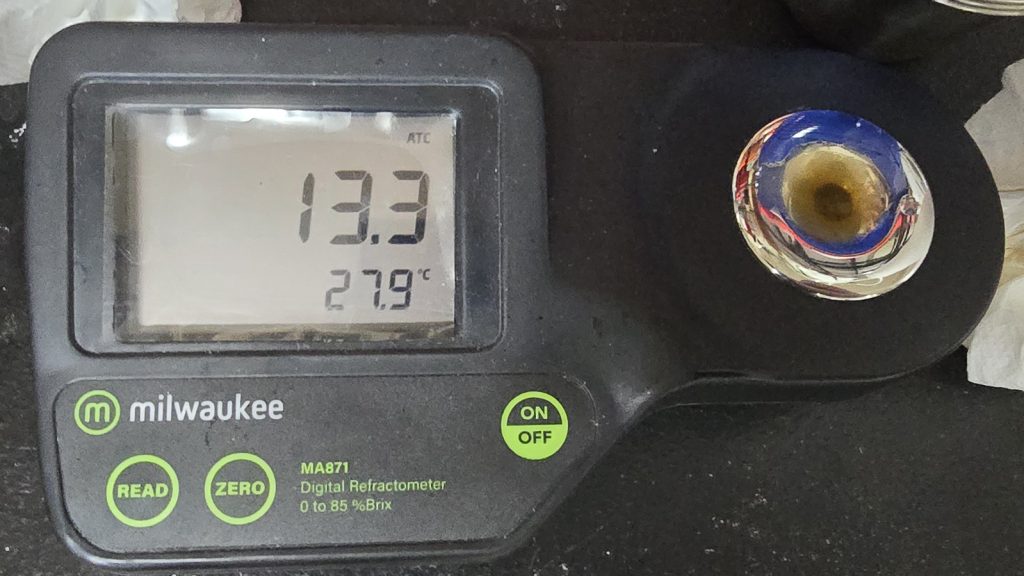
Given the warmth of the wort, I used my glycol system to chill it while cleaning up, which took less than an hour, at which point I pitched a pouch of Imperial Yeast A09 Pub.
The beer was left to ferment at 66°F/19°C for a week before I took a hydrometer measurement confirming FG had been reached.
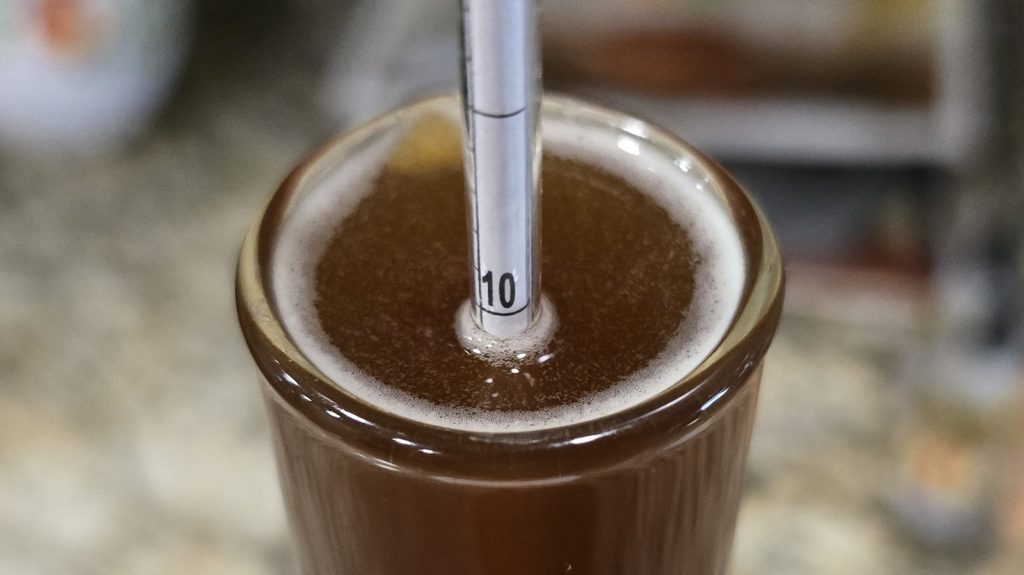
With fermentation complete, I cold-crashed for 15 hours then pressure-transferred it to a CO2 purged keg where I added gelatin fining. The filled keg was placed in my kegerator and burst carbonated overnight before the gas was reduced to serving pressure. After a couple weeks of conditioning, it was ready to serve to blind tasters.
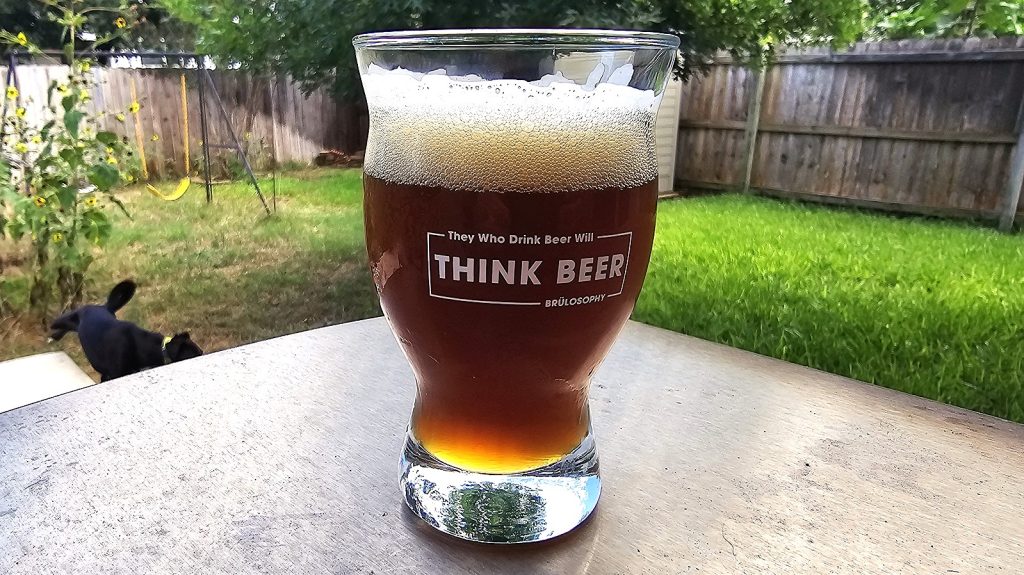
| RESULTS |
A total of 22 people of various levels of experience participated in this Short & Shoddy evaluation. Participants were informed of the specific beer style and provided the BJCP description prior to completing the survey. Tasters were then instructed to rate how hoppy, malty, and dry they perceived the beer to be on a 0-5 scale where a rating of 0 indicated “not at all” and 5 indicated “extremely.”
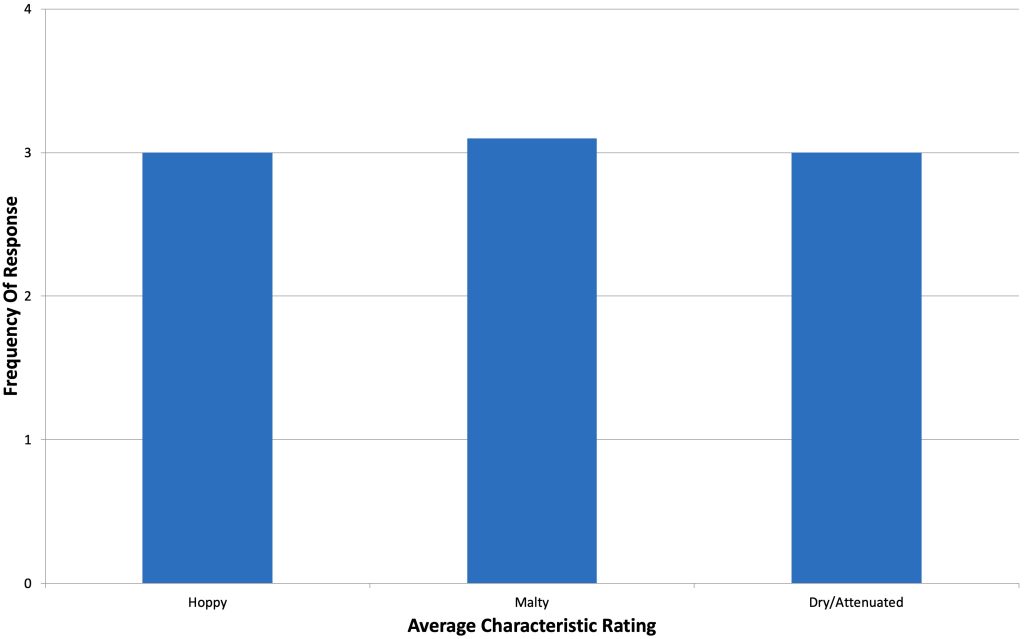
Tasters were provided a list of common hop, malt, and yeast characteristics then instructed to select from each the one they perceived as being most prominent in the beer.
Hop Characteristics
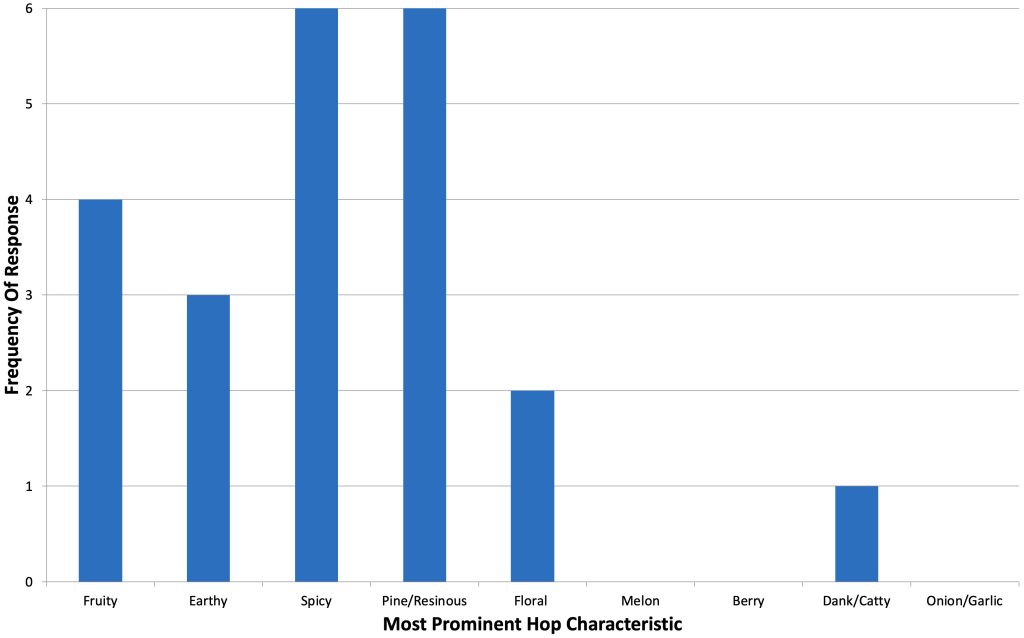
Malt Characteristics
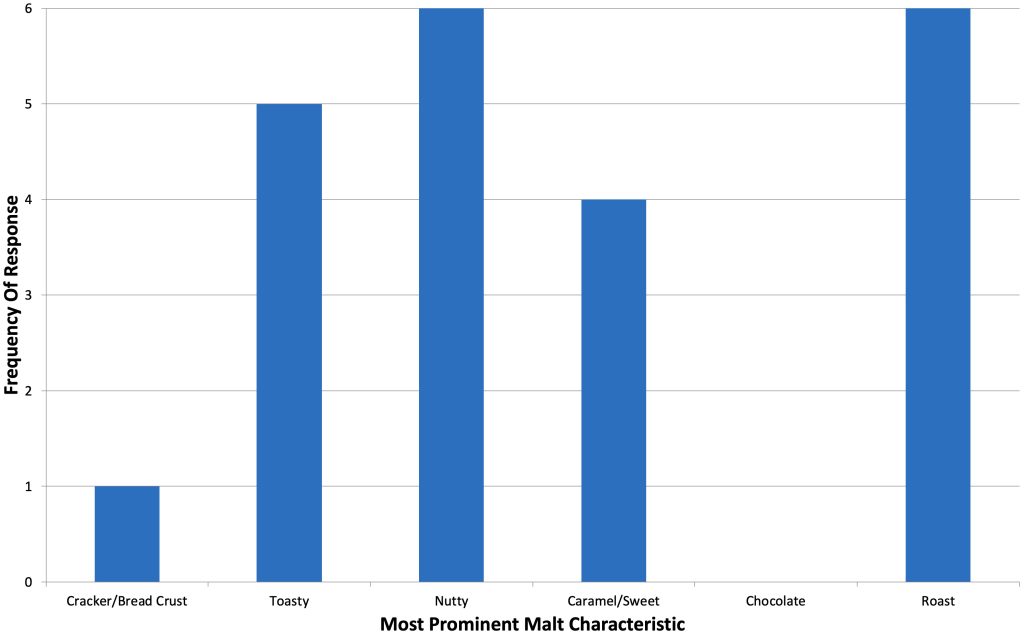
Yeast Characteristics
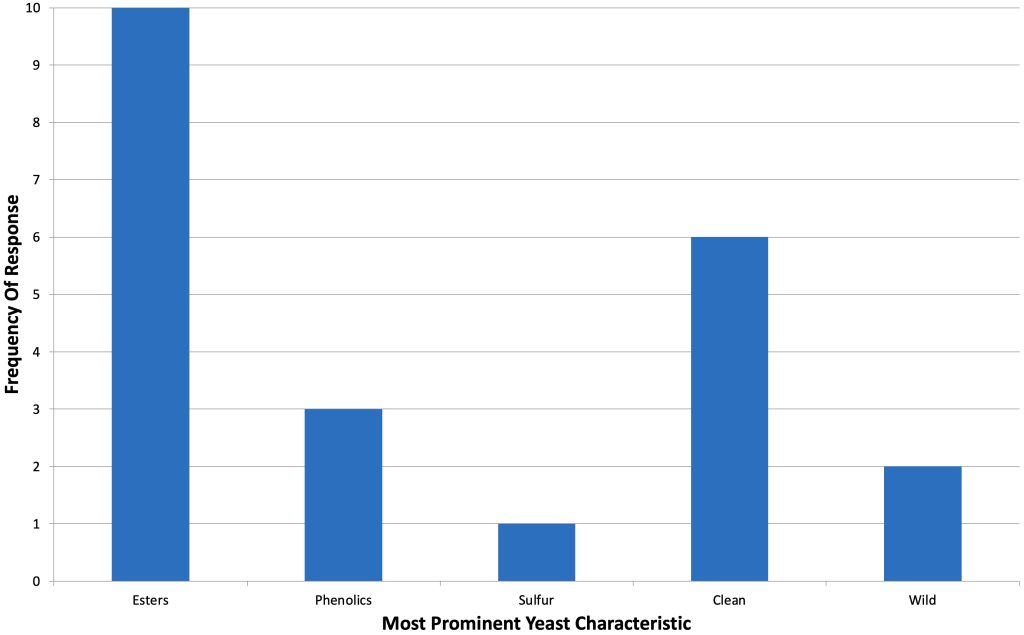
Next, participants were asked to indicate whether or not they detected any off-flavors in the beer; those who did were provided a list of common off-flavors and instructed to select the one they perceived as being strongest. Not a single person identified this beer as possessing any off-flavors.
Tasters were then asked to rate how well the beer represented the intended style, based on the provided BJCP description, on a 0-5 scale where 0 meant “not at all” and 5 meant “exactly.”
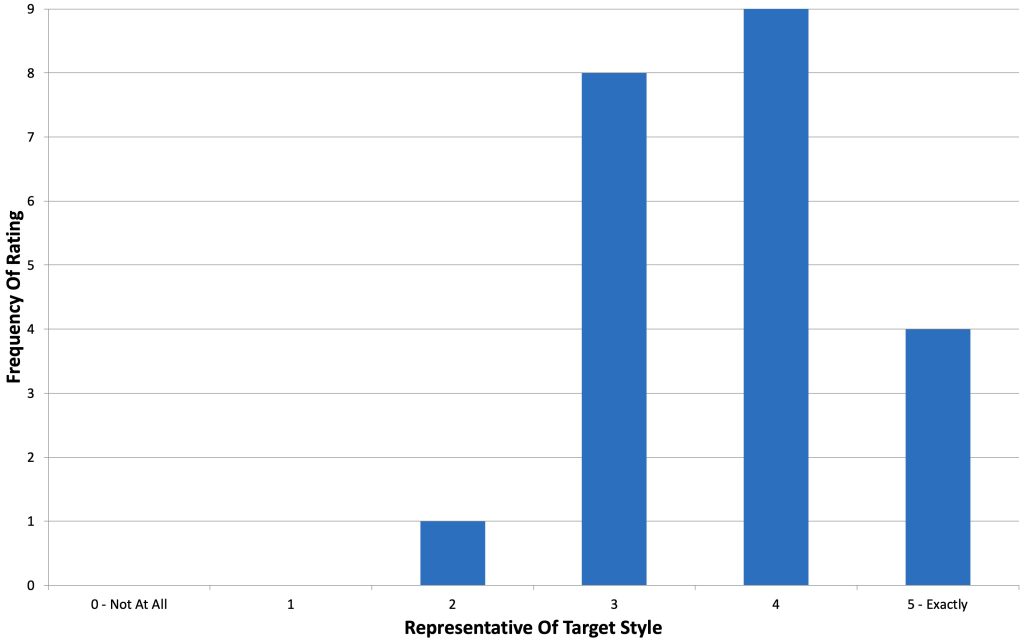
Finally, tasters were asked to rate how much they enjoyed the beer on a 0-5 scale where 0 indicated not at all and 5 indicated extremely.
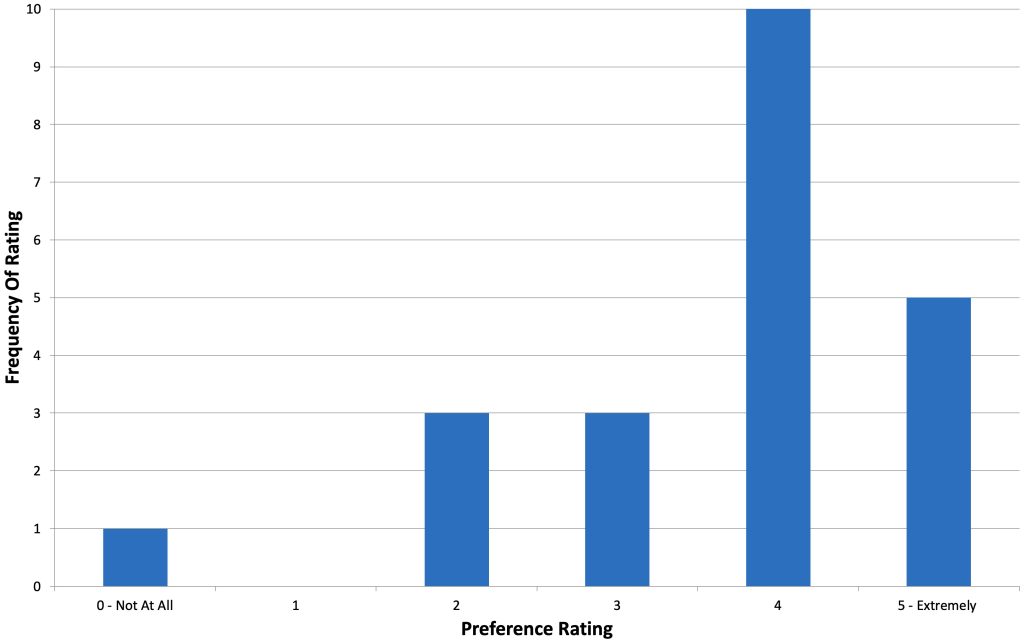
My Impressions: To put it simply – this Brown IPA was on point! The bitterness offered a nice balance to the malty sweetness, while the citrus and resinous notes from the hops melded beautifully with toast and slight coffee malt flavors.
| CONCLUSION |
There’s nothing new about malt-forward ales that are brown in color, as this describes some of the earliest examples of British beer produced before the invention of the modern kiln. As consumer tastes evolved toward enjoying the bitter and fruity characteristics imparted by hops, inventive brewers began experimenting with increasing hopping rates in otherwise classic styles, and this ultimately led to the style currently known as Brown IPA.
Similar to most American ales, there’s really nothing special about the brewing process when it comes to Brown IPA, though there are a number of standards most brewers accept as necessity as a matter of course. Interestingly, a vast majority of tasters of this Short & Shoddy Brown IPA not only felt it was a good example of the style, but enjoyed drinking it as well. Moreover, not a single person noted perceiving an off-flavor, despite the various corners that were cut during the brewing process.
Overall, I view this Short & Shoddy Brown IPA as a resounding success, based not only on evaluations of tasters, but my own personal assessment. Possessing all of the qualities I expect from both a nice American Brown Ale and a modern IPA, this beer was a delight to drink, and one I trust others would enjoy just as much, particularly considering how easy it was to make.
If you have thoughts about this Short & Shoddy brew, please feel free to share it in the comments section below!
Support Brülosophy In Style!
All designs are available in various colors and sizes on Amazon!
Follow Brülosophy on:
FACEBOOK | TWITTER | INSTAGRAM
If you enjoy this stuff and feel compelled to support Brulosophy.com, please check out the Support page for details on how you can very easily do so. Thanks!


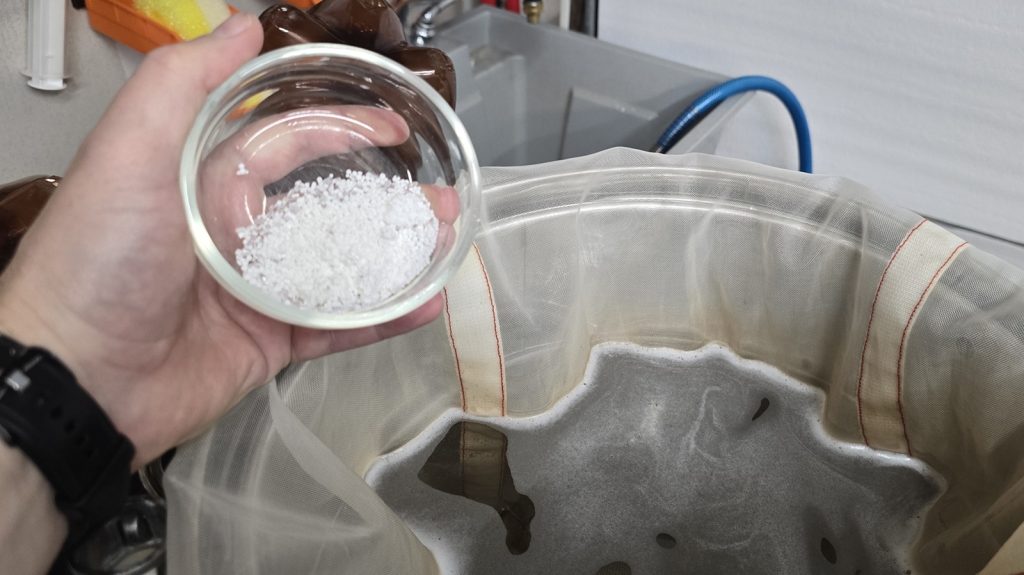
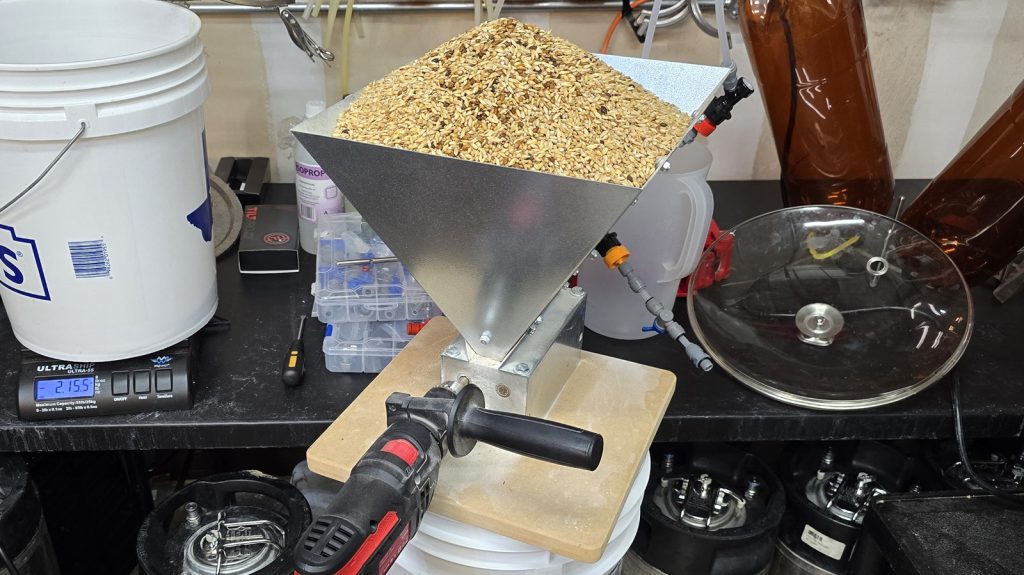
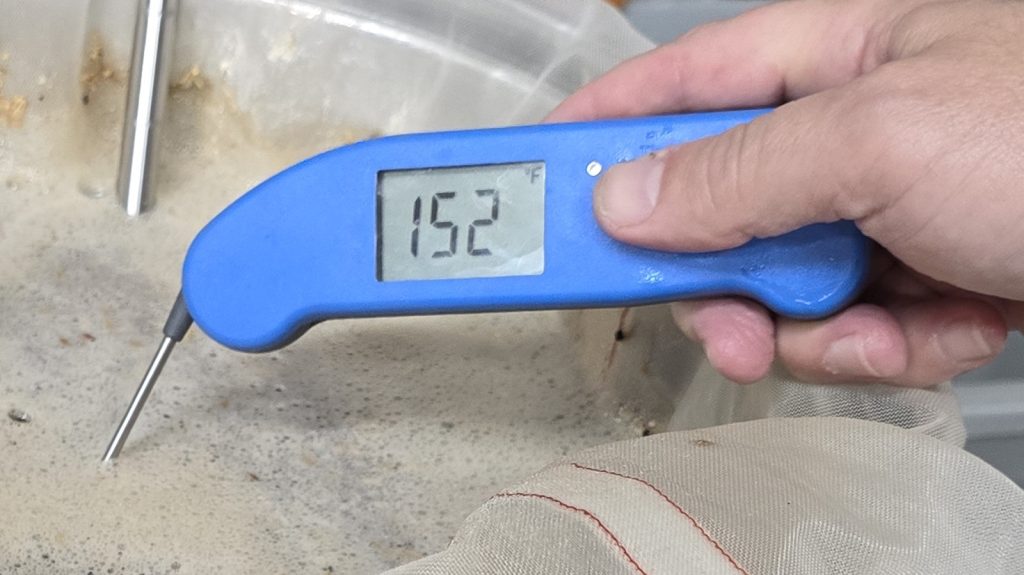
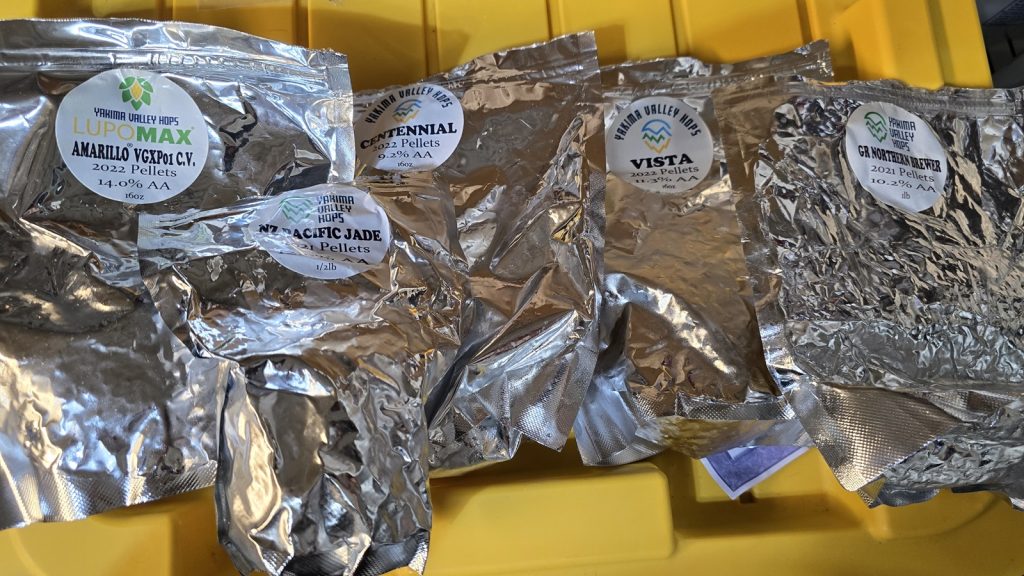
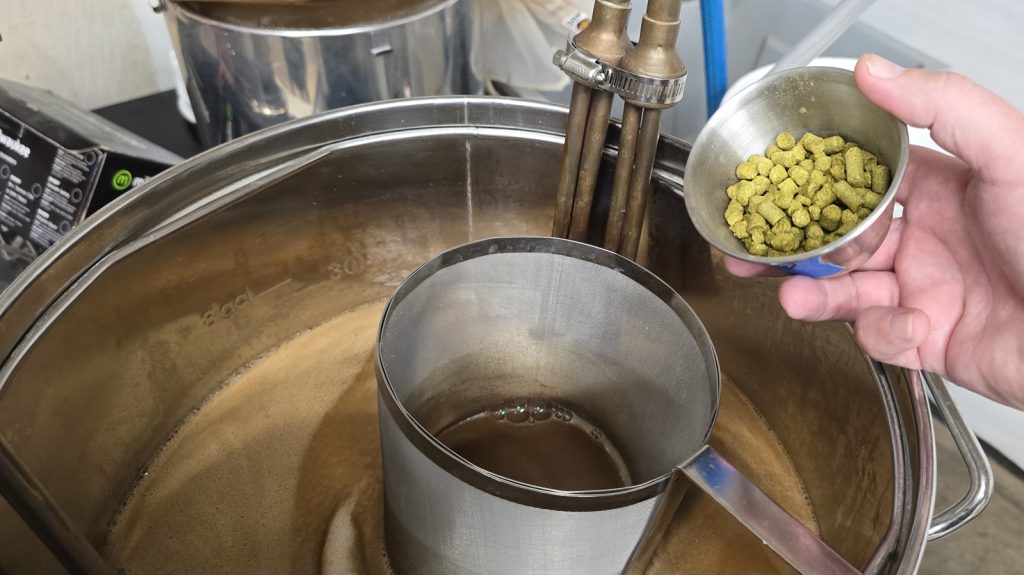
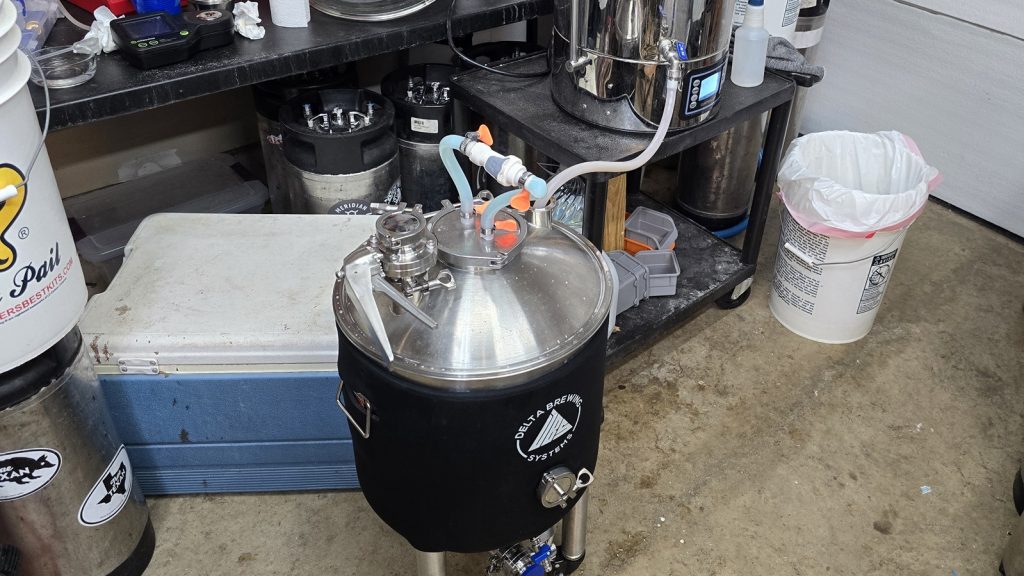
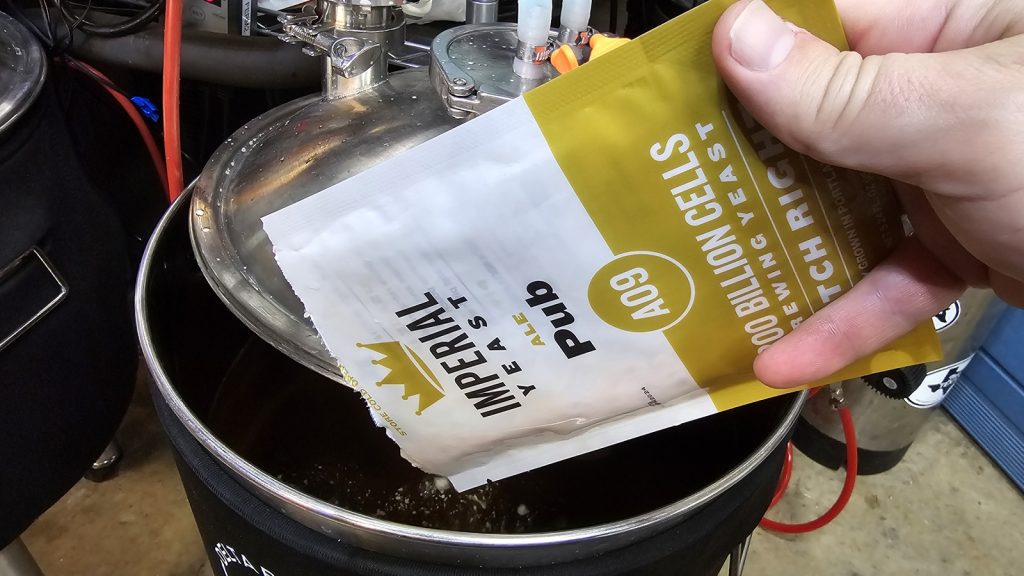











2 thoughts on “Short & Shoddy | Brown IPA”
Will, if you & Marshall are interested in the straight story on the origins of Texas Brown Ale, I would be happy to provide you with the first-hand story of its origins. The name is Scott Birdwell (not Birdman). I ran DeFalco’s Home Wine & Beer Supplies in Houston for over 40 years. It was I that was in attendance at the Home Wine & Beer Trade Association convention in Northern California in the mid ’80’s. I was a founding member of the Foam Rangers in Houston in late 1980/early 1981, and founded the Dixie Cup in 1984. The shop in San Rafael, California was called Great Fermentations (later changed to The Beverage People), and the owner/operators of the shop were the famous Byron Burch & Jay Conner. – Scott
Hey Scott, thanks so much for sharing this story, we’ll be reaching out in the future to coordinate a time to chat!